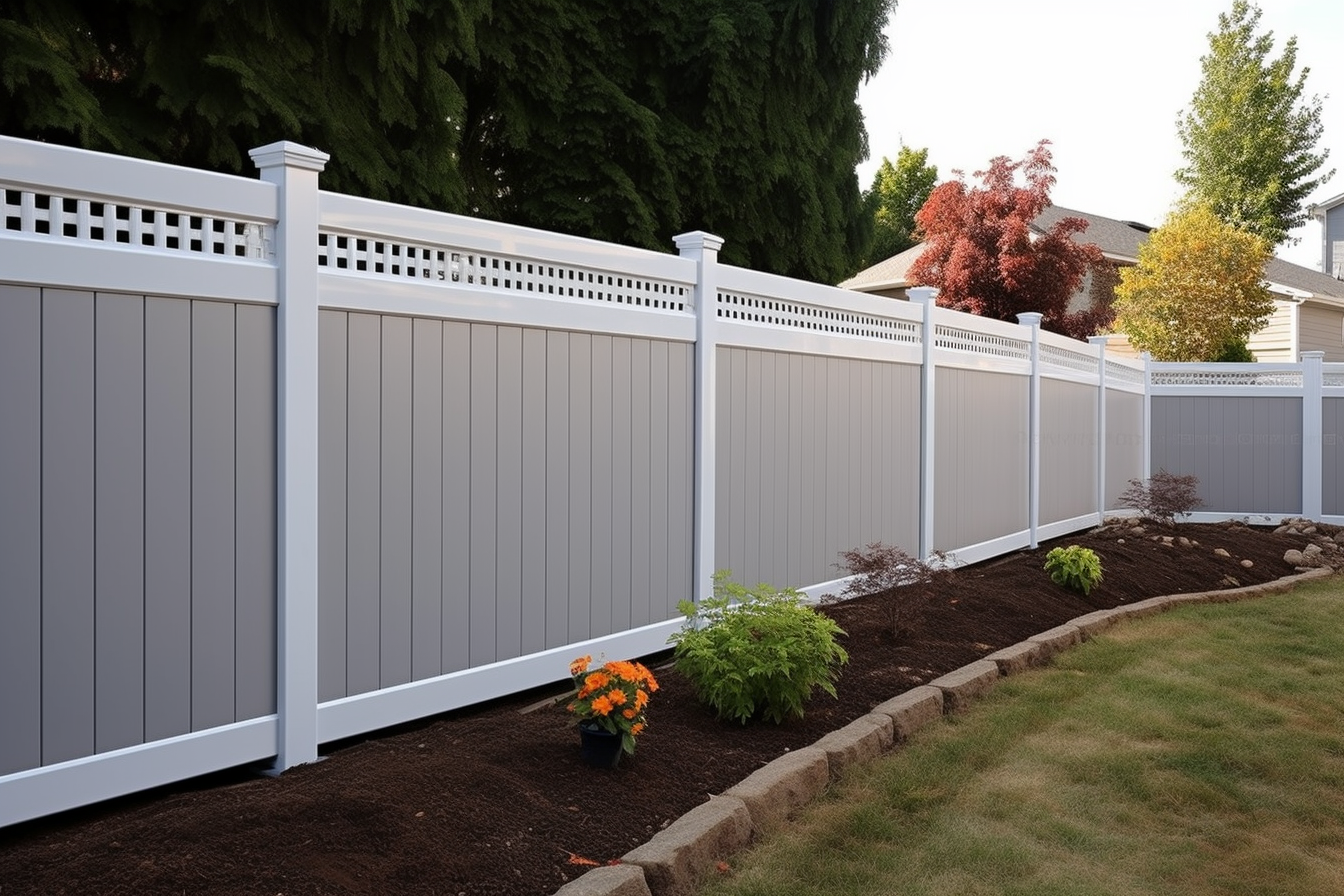Practical Guide to Gardening Services for Home Gardens
A well-maintained garden adds beauty, biodiversity, and value to a property, but keeping outdoor spaces healthy and attractive can be time-consuming and technically demanding. Gardening services cover a wide range of tasks from basic lawn care and planting to more complex landscaping projects. This guide explains common services, how landscaping and gardening differ, seasonal care for lawns and plants, and what to look for when working with local services—all using straightforward, practical advice.

Gardening: What services are included?
Gardening services typically include routine maintenance such as pruning, weeding, mulching, planting, and seasonal cleanups. Many providers also offer soil testing, composting, and disease or pest inspections. For homeowners with irrigation systems, basic checks and minor adjustments may be part of regular visits. Services can be scheduled weekly, biweekly, or seasonally depending on the size of the garden and the growth rate of plants. Clear scope and written agreements help ensure plants get appropriate ongoing care.
Landscaping: How it differs from gardening
Landscaping focuses more on design, construction, and long-term modification of outdoor space, while gardening emphasizes plant care. Landscaping work can include hardscaping like patios, paths, retaining walls, grading and drainage, installation of irrigation systems, and larger-scale planting schemes. Projects often begin with a design phase, take into account site conditions and permits, and may involve specialized contractors for excavation or masonry. Landscaping is generally project-based, whereas gardening tends to be ongoing maintenance.
Garden maintenance: What to expect
Garden maintenance tasks vary by season but commonly include pruning shrubs and trees, deadheading flowers, replacing annuals, replenishing mulch, and monitoring for pests or diseases. Maintenance programs often include fertilization schedules tailored to plant types and soil conditions. Regular visits provide opportunities to identify issues early—such as nutrient deficiencies, invasive weeds, or irrigation problems—so corrective action can be taken. A clear maintenance checklist shared by the service helps homeowners understand what is performed each visit.
Lawn care: Seasonal tasks and care
Lawn care covers mowing, edging, aeration, dethatching, overseeding, fertilization, weed control, and irrigation management. Seasonal priorities differ: spring often focuses on overseeding and soil preparation, summer on watering and mowing height, and autumn on aeration and fertilizing for root health. Many services offer turf assessments to recommend appropriate grass varieties and cultural practices for a specific climate. Sustainable practices such as reduced mowing frequency, targeted fertilization, and adaptive watering can improve lawn resilience while conserving resources.
Plants: Choosing and planting for success
Selecting the right plants for your garden involves assessing light, soil type, drainage, and local climate. Native and regionally adapted plants typically require less water and maintenance and support local wildlife. Proper planting techniques—correct depth, adequate backfill, initial watering, and staking where needed—are essential for establishment. Consider companion planting and seasonal succession to maintain interest and productivity. A planting plan from a gardening or landscaping service can match plant choices to microclimates within a garden and long-term maintenance capability.
Working with local services
When hiring local services, ask for a written estimate, scope of work, license or certification if required, insurance details, references, and examples of past work. Clarify frequency of visits, who will perform the work, and how changes or plant replacements are handled. Reasonable questions include what products they use (organic or conventional), how they manage pests, and whether they offer follow-up visits after major plantings. A straightforward service agreement and clear communication help align expectations and protect both parties.
In summary, gardening services range from ongoing garden and lawn care to one-off landscaping projects. Understanding the differences in scope, seasonal needs of lawns and plants, and what to check when hiring local services will help homeowners create and maintain outdoor spaces that thrive. Regular assessment, appropriate plant selection, and clear agreements form the foundation of successful garden care.






